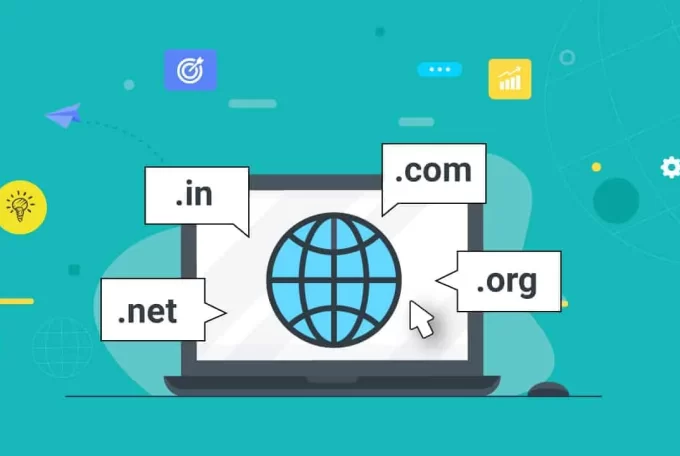As 2021 comes to a close, many businesses are still responding to changes in the business environment brought on by the COVID-19 pandemic.
The global crisis introduced the necessity to innovate, forcing many to rethink how they communicate with their customers and repackage product and service offerings for the new landscape – one that is defined by digital transformation.
The numbers illustrate this evolution. According to Statista, 97% of respondents to a digital transformation survey stated that the pandemic sped up digital transformation processes in their respective organisations.
Global spending on digital transformation is projected to reach $1.78 trillion in 2022. But in what ways will this transformation manifest? The answer lies in technological trends that will shape the businesses of tomorrow.
A single solution for omni-channel communications
As more businesses engage with their clients in online and remote spaces, there is a need to streamline and improve communication channels. The result is an omni-channel approach to the Customer Experience (CX), comprised of multiple platforms on which customers can engage with business operators and services.
It’s a process that’s kept as simple as possible, while also being accessible and cost-effective. You see this trend with the likes of Twitter and Instagram that, in addition to being social media products, now offer business-oriented features to facilitate B2C communication.
Similarly, the latest WhatsApp Business platform feature gives brands the opportunity to offer an eCommerce experience within the WhatsApp conversation, thus making online interactions instant, easy, and powerful.
But with so many channels comes the need to effectively and efficiently manage them. Many companies do not have the resources or manpower to handle client conversations across a broad digital landscape. What’s needed is a single technological solution that has the capacity to manage all communication and serve as an end-to-end portal for the entire customer journey.
By converging existing technologies, one platform could enable companies to track and collect crucial customer and CX data that can then be used to drive better business decisions and streamline issue solving. This is something businesses should investigate in the coming year.
Automation and humanity
Automation has been with us for centuries, but its application in the digital age is something entirely new. We’re seeing it creep into almost every aspect of our lives, with far-reaching and never-before-seen results.
Take, for instance, at sporting events such as the 2021 Formula 1 Heineken Dutch Grand Prix, where fans could order tickets, procure refreshments, secure purchases, and get all their questions answered through a chatbot that runs through WhatsApp.
With the help of data reporting and features such a suggested answers, internal collaboration, and skill-based routing, the Dutch Grand Prix could interact with fans efficiently and effectively. This was made possible by deploying a Customer Data Platform (CDP) to manage event pre-registration data, and using marketing cloud software to introduce attendee reductions due to the pandemic. The technology helped create a seamless experience for both event organisers and fans.
While this kind of technological automation has been focused on improving customer experience, it has the potential to impact employee experience (EX) as well. Because in 2022, the notion of total experience is set to guide many business decisions. Strong CX principles, or taking the stance that the customer is always right, cannot come at the expense of employees’ wellbeing.
This impacts the well-being of the business itself. McKinsey research finds that people who have a positive employee experience have 16 times the engagement level of those with a negative experience. This, combined with broad employee uncertainty towards the consequences of increased automation in the workplace, makes EX more important than ever. Happy employees cultivate happy customers.
Chatbot technology, another area of automation – and a popular one – stands to streamline CX and bolster it even further thanks to innovations in artificial intelligence (AI) and machine learning (ML). Gartner predicted that a quarter of all customer service operations would integrate chatbots into their engagement channels by 2020, up exponentially from two years previously.
Through AI chatbots, customers receive a more personalised approach from businesses in their dealings, with wider availability periods, and businesses can identify behavioural patterns and preferences and gather insight to improve their products. Chatbots are also a time-saving resource for employees, giving them more time and energy for other tasks, thus boosting satisfaction levels.
The power of mobile connectivity
No more a device for just making and receiving calls, mobile phones accounted for more than half of all web traffic globally in the first quarter of 2021. A sizeable portion of the world’s population interacts with the internet via a mobile device, creating the necessity to innovate and expand service offerings on them.
Kenya itself is home to Africa’s biggest mobile platform success story, M-PESA, which revolutionised mobile banking and dramatically improved financial inclusion across the continent. Beyond banking and retail, most other sectors have also embraced mobile platforms to deliver quality service and products to customers, deploying solutions that digitise traditional processes and improve convenience.
Through mobile, businesses can introduce innovative solutions such as contactless payment methods, online registration processes, and indeed, conversational channels.
They need to adopt proactive strategies in engaging with clients and embrace technology that takes full advantage of mobile capability. After all, when it comes to creating the path of least resistance, today’s technology has it in the bag.
Looking to the future, these technologies will converge to create a digital economic and logistical ecosystem built on the backbone of mobile connectivity. With broadening connectivity comes the potential for wide-ranging commercial opportunities and the means to tap previously unreachable consumer pools.
Success will lie in finding unified solutions that integrate as many functions and services as possible, recognising every touchpoint as a commercial opportunity and supporting the entire customer journey in a seamless, data-driven, proactive way.
The Author James Bayhack is CM.com Director for Sub-Saharan Africa





